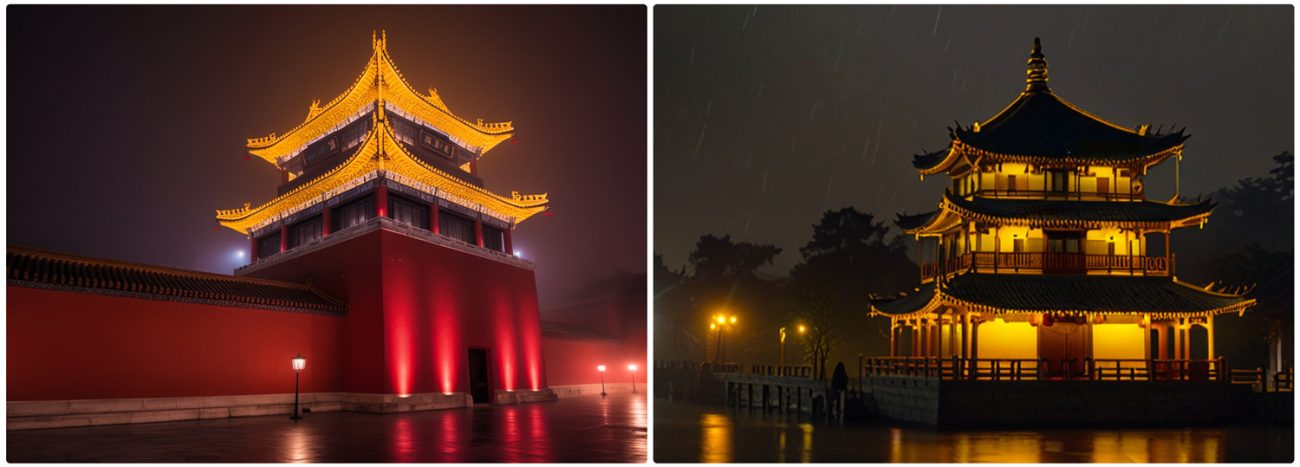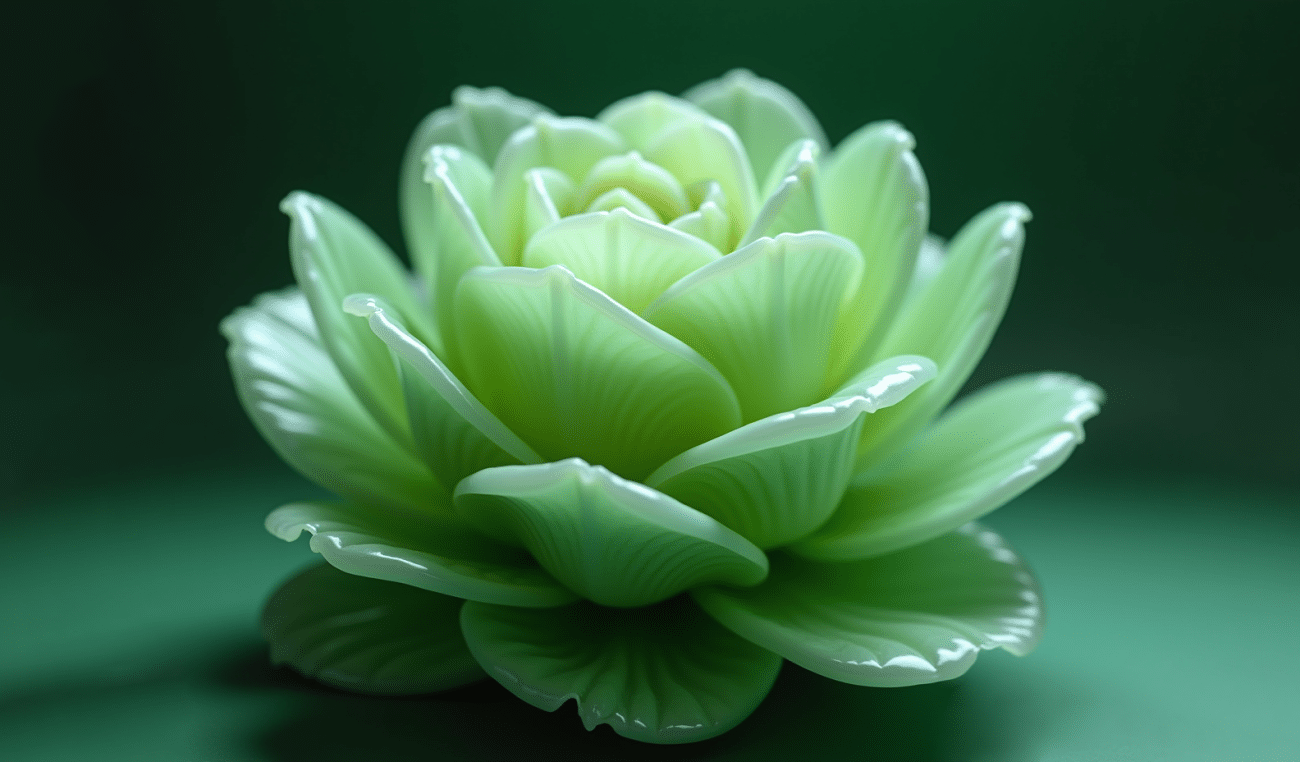Hello everyone! Today, I’d like to delve into the fascinating topic of color temperature. Did you know that choosing the right color temperature is a crucial aspect of lighting design?

First, we must understand that the choice of color temperature is not fixed. It should be determined based on the type of building, interior design style, and even the mood and atmosphere we wish to create. Essentially, it’s an art that requires balancing both emotional and rational considerations.
Let’s start with low light color temperature lighting. The range from 1800K to 2200K is often referred to as amber. This color temperature lighting is commonly used in outdoor lighting, particularly to illuminate iconic historical buildings. Imagine a magnificent palace bathed in this light, especially with flexible LED strips emitting a golden linear glow—doesn’t it create a captivating atmosphere? (See Illustration 2)

However, not all historical buildings are suited to this golden hue. Some rustic buildings or ruins may require a different light color temperature lighting to highlight their unique historical and cultural atmosphere (See Illustration 3).

Speaking of low color temperature lighting, it reminds me of upscale restaurants. Recently, many high-end restaurants have favored this warmer light, with low color temperature flexible LED strips hidden in ceilings. Although green vegetables may not look as appealing under this light, the cozy and tranquil ambiance it creates is perfect for enjoying a fine meal (See Illustration 4).

Next, let’s talk about a 2700K color temperature lighting. This temperature is particularly suitable for home lighting, especially in residential areas where the climate is generally colder. Why? Because it gives off a warm and comfortable feeling, which is like a touch of warmth in the winter, especially in colder regions, where the warm light from LED strips is a winter blessing (See Illustration 5).

Moving up to 3000K, this color temperature lighting is incredibly versatile and widely used! Whether in public buildings or home lighting, it can serve various purposes. The slightly white light in the 3000K range is something I believe can be applied to almost any space.
When we reach 3500K to 4000K, this is where the light is both bright and warm. Many offices and shopping malls favor this color temperature lighting. It provides a refreshing feel without being too cold (See Illustration 6).

As we move further up to 5000K and above, this is mainly used in specialized environments, such as medical operating rooms, where extremely bright and accurate lighting is necessary. But honestly, for most spaces, 4000K is sufficient.
Oh, and there’s a particularly interesting application: jade displays. Can you guess what kind of lighting jade needs? That’s right, full-spectrum lighting! Because the color variations in jade are so rich, only full-spectrum light can perfectly showcase its beauty. DENO has over eight years of research and production experience in applying full-spectrum LEDs to LED strips (See Illustration 7).

Lastly, I want to emphasize the importance of lighting design. Good lighting isn’t just about buying beautiful fixtures. It requires professional design, precise calculations, and meticulous adjustments. Especially in commercial spaces, lighting can directly impact foot traffic and sales! So, I want to tell everyone that although the investment in lighting in a project is relatively low, it is one of the elements that most effectively showcases the results. Don’t just focus on the fixtures themselves, but value the power of light. Good lighting can empower a space and create a unique atmosphere and experience.

I hope today’s sharing was helpful. Remember, choosing the right color temperature lighting can add charm to your space! If you have any thoughts or experiences, feel free to contact DENO Lighting at any time!
Silicone Injection-Moulded IP67
R2R VS S2S TECHNOLOGY
SOB IP68 Waterproof LED Strip
On the Color Temperature of LED Strip Light
- [email protected]
- +86-755-29515201
- +86-755-29515205
- 3th Floor,No.1 Building,Shunchengji Industrial Park,Dalang Town,Longhua District, Shenzhen,China
- Copyright ©
- 2025
- Shenzhen Deno Lighting Electronic Co., Ltd






